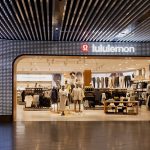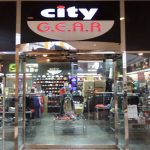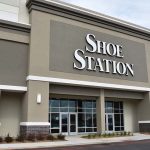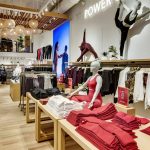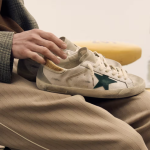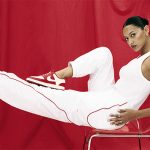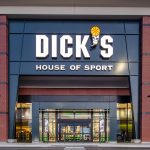Foreign currency gains, like those for many U.S. companies with substantial European businesses, could narrow going forward as the dollar strengthens. Any negative impact could be offset by stronger boot business as weather patterns appear to be pointing to a colder, wetter weather earlier this year.
TBLs strength in the International business outpaced some of the narrowing benefits in exchange rates, showing a 12% gain on a constant currency basis. The Euro exchange rate against the U.S. dollar was up 14.5% versus the year-ago quarter, compared to the second quarter increase of 23.7%. Still, benefits from foreign exchange rate changes added approximately 3.4%, or $14.3 million, to overall revenue growth and nearly $9.0 million to Q3 operating profits. The International business was nearly 40% of total company sales in Q3, up 500 basis points from the year-ago period.
The company drove “solid constant dollar gains” in Europe benefiting from growth in “developing markets such as Germany and Spain” as well as gains in traditional “stronghold” regions such as the U.K. and Italy. Growth in Europe was driven by “strong performance” in footwear, particularly casual products and boots, offsetting relatively softer trends in European apparel.
Asia saw “strong double-digit constant dollar growth” in Q3 on upgrades to retail and wholesale distribution there. Strong gains in the wholesale business were driven by footwear growth in Japan as well as strong retail growth across major Asian markets. The company added three new stores and shops in Asia and closed seven “less productive” locations.
The overall U.S Wholesale business was off 2.9% for the quarter, including the loss of about $10 million that was pushed into Q4. Total U.S. business was down 1.7% to $269 million.
Later timing of “certain fall deliveries” impacted U.S. Wholesale sales in the Footwear category. Growth in women's casual products was offset by declines in outdoor performance, kid's and men's casual sales.
U.S. Wholesale Apparel posted “solid growth” in Q3, helped by higher sales in off-price product through “inventory control efforts”.
Jeffrey Swartz, Timberland president & CEO, said that he was “not pleased” with the companys execution in the Outdoor Performance business over the last 18 months.
“We have work to do to recapture parts of this market which I think are legitimately and authentically ours”, said Swartz. “There's lots of room for improvement.”
One analyst said they heard “very, very positive” feedback from retailers at the OR Show, primarily about “broadened product offerings for spring”, especially in the trail running category.
Total worldwide Wholesale revenues increased 6.0% to $365 million and global Consumer Direct revenues gained 8.0% to $79 million.
U.S. Consumer Direct revenues, which include the U.S. retail and eCommerce businesses, grew 4.8%, with comparable store sale gains of 1.1% fueled by higher sales in the outlet stores. Consumer direct sales were aided by increased levels of store promotions which also resulted in downward retail margin pressure.
Gross margin gains for the quarter reflected benefits from foreign exchange rate changes and lower levels of footwear off-price sales and product returns.
TBL sees mid to high single-digit revenue growth for the balance of 2003 and continues to target flat operating margins for the second half of 2003, excluding comparisons to $6.0 million of one-time costs associated with the Q4 2002 West Coast work stoppage.
OTHER KEY METRICS:
- Annual inventory turns improved from 4.2x to 4.5x.
- Foreign exchange rate changes added 6% to A/R.
- DSO for the quarter remain unchanged at 54 days.
- 2004 earnings forecast for double-digit growth.
- TBL shares have gained 21% in the past month.
>>> Word on the street is that sales have really opened up on the cold weather
>>> TBL is still trying hard to be a core outdoor player, but still finds it difficult to shed the urban lifestyle label. Be happy in your own skin…

